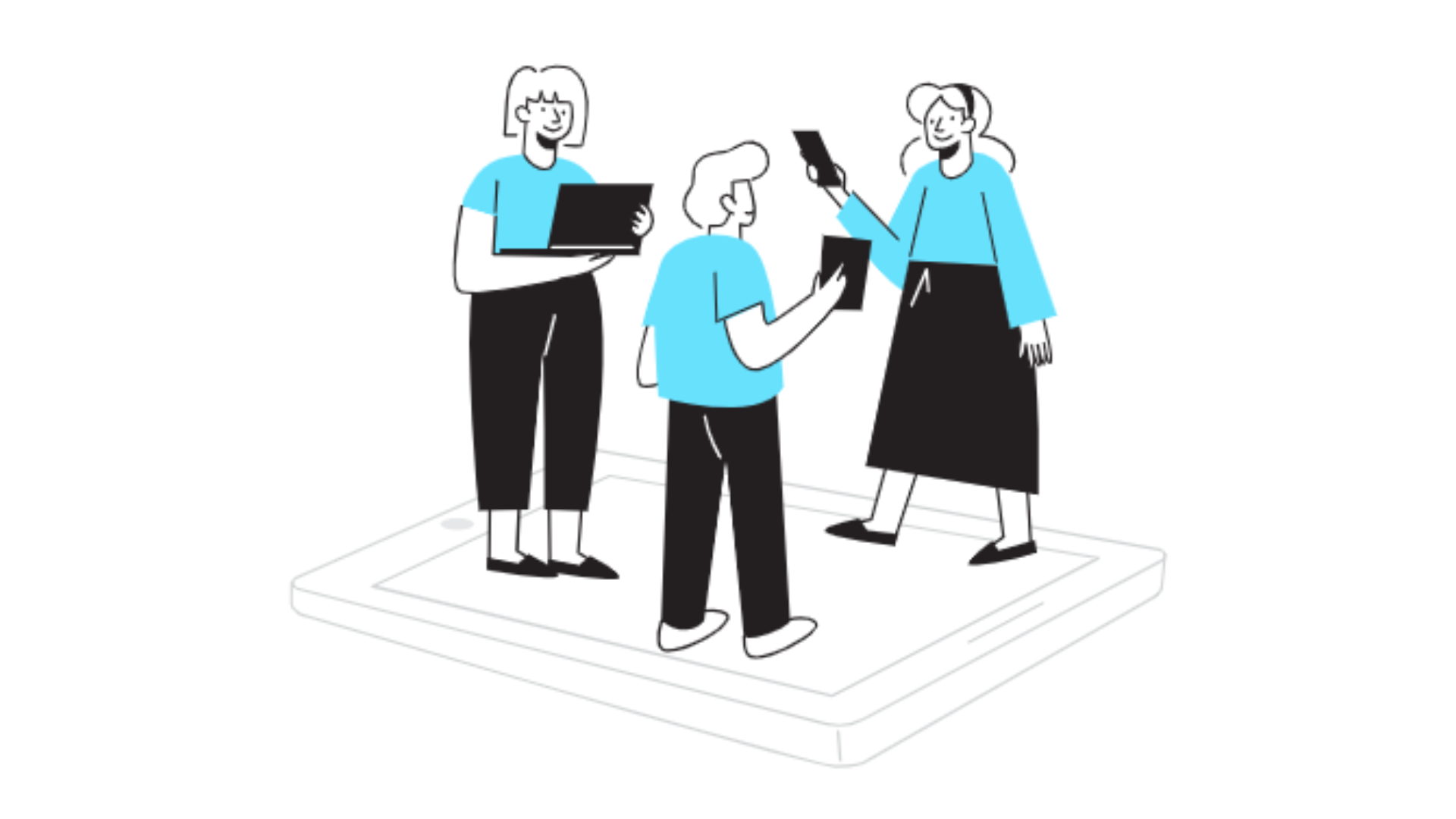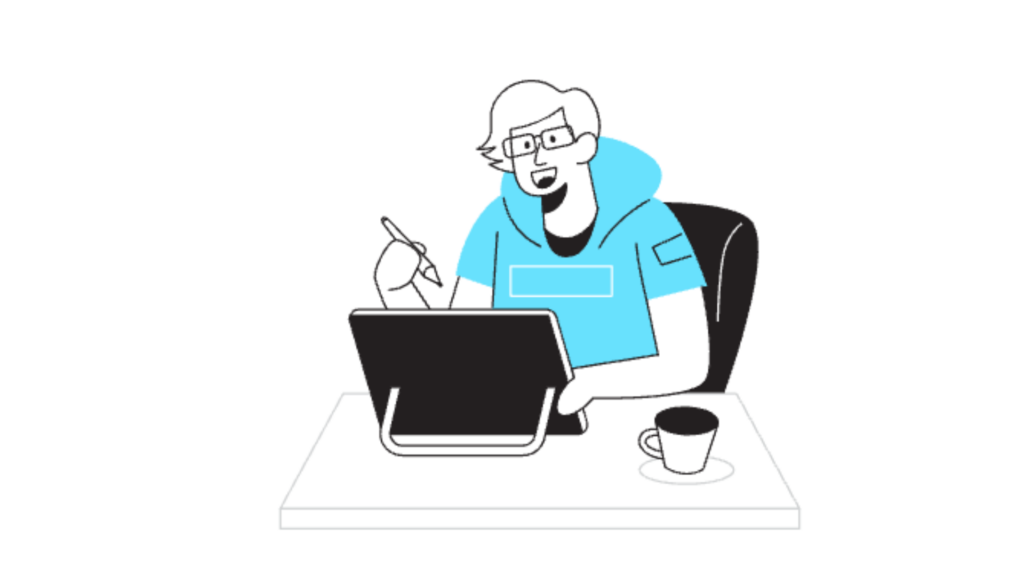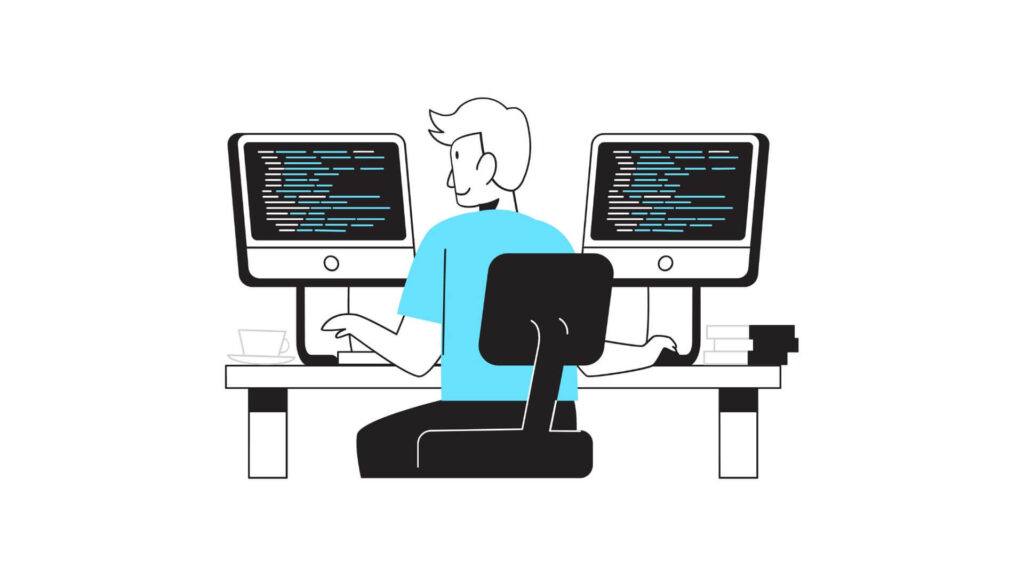Do We Need ChatGPT Unblocked for School?

AI chatbots are everywhere, but schools? Not always so much. Many districts and institutions block tools like ChatGPT due to concerns about plagiarism, cheating, or distractions. Still, the demand for ChatGPT unblocked for school keeps rising. Students and teachers alike see its potential—not just for homework shortcuts, but for brainstorming, tutoring, and problem-solving.
So how do you access ChatGPT at school? Why is it blocked? Is there a right way to use it in an educational setting? This guide unpacks it all.
Why is ChatGPT blocked in schools?
Before we dive into how to get ChatGPT unblocked for school, it’s important to understand why it’s restricted in the first place.
1. Academic integrity concerns
Schools worry that students will use ChatGPT to:
- Generate essays
- Solve math problems
- Cheat on tests
- Skip the thinking process
It’s a fair concern. AI makes it easy to get answers without doing the work.
2. Misinformation risks
ChatGPT doesn’t always get it right. It can generate incorrect facts or biased content.
3. Inappropriate content
Without filters, AI tools can generate unsuitable responses—even unintentionally.
4. Distraction factor
ChatGPT can be a fun rabbit hole. Some schools block it simply to keep students focused on classwork.
Can ChatGPT be used responsibly in schools?
Absolutely. AI isn’t inherently bad—it’s about how you use it. Here’s how ChatGPT unblocked for school could benefit students and teachers:
For students:
- Brainstorming ideas for essays, projects, or presentations
- Getting explanations on tricky topics (like a digital tutor)
- Practicing language skills (e.g., writing prompts, grammar help)
- Learning coding with step-by-step assistance
- Exploring new concepts outside the textbook
For teachers:
- Generating lesson plan ideas
- Creating quizzes or worksheets
- Getting alternative explanations for complex topics
- Adapting materials for different reading levels
- Automating repetitive tasks like writing feedback comments
When used as a tool—not a crutch—ChatGPT can enhance learning.
How to get ChatGPT unblocked for school (the right way)
Let’s be clear: bypassing school network rules isn’t recommended. But getting ChatGPT unblocked for school through proper channels? Totally doable.
1. Talk to your school’s IT department
Request that ChatGPT be unblocked on the school network for educational purposes. Present a case:
- Show examples of responsible use
- Offer guidelines for classroom use
- Suggest using ChatGPT for Education (if available)
Some schools have started integrating AI responsibly, setting limits while encouraging creativity.
2. Use OpenAI’s educational initiatives
OpenAI is actively working with schools to create versions of ChatGPT that:
- Are safer for younger users
- Have content filters
- Offer usage monitoring
If your school is interested, they can contact OpenAI for ChatGPT for Education programs.
3. Access via personal devices or mobile data
If the school blocks ChatGPT on its Wi-Fi but not on personal devices, you might still use:
- ChatGPT mobile app (iOS or Android)
- Mobile data instead of Wi-Fi
Again, this depends on school policies, so proceed respectfully.
4. Try alternative AI tools allowed by your school
Some schools allow ChatGPT alternatives that serve similar functions. Tools like:
- Perplexity AI (search-focused, with citations)
- Bing Chat (with safe search and browsing)
- Claude AI (focused on safety and clarity)
These tools offer similar capabilities but may be approved for use.
What if you really need ChatGPT but it’s blocked?
If your school isn’t ready to unblock ChatGPT, use offline AI tools for similar results.
- Grammarly: For writing help
- Quillbot: For paraphrasing and summarizing
- Khan Academy’s Khanmigo: AI tutoring in math and science
- Google Docs’ Smart Compose: AI-assisted writing inside Docs
These tools are often allowed in schools and offer AI-powered support without the full ChatGPT experience.
How teachers can use ChatGPT responsibly
If you’re a teacher, showing how ChatGPT can enhance—not replace—learning helps make the case for unblocking it.
Example use cases:
- Generate discussion prompts for literature classes
- Create multiple-choice quizzes in seconds
- Rewrite content for different reading levels
- Draft lesson summaries for absent students
- Help design project-based learning ideas
When teachers model responsible AI use, students learn how to harness it effectively.
Setting guidelines for ChatGPT use in schools
If your school agrees to unblock ChatGPT, set clear rules. Here are some suggestions:
- No full essay writing—use it for outlines or ideas
- Fact-check everything ChatGPT says
- Use for brainstorming, not final answers
- Encourage transparency—let students share when they’ve used AI help
- Focus on process over product—discuss how the AI helped
When students know the limits, they can use AI as a learning tool rather than a shortcut.
Final thoughts: ChatGPT unblocked for school is about trust and teaching
The push for ChatGPT unblocked for school isn’t about giving students an easy way out—it’s about giving them access to modern tools that can genuinely support learning.
AI is part of the future workforce. Teaching students how to use it responsibly is just as important as teaching them grammar or algebra. So whether you’re a student advocating for access or a teacher looking for new ways to engage your class, responsible AI use starts with open conversation—not blocks and bans.



